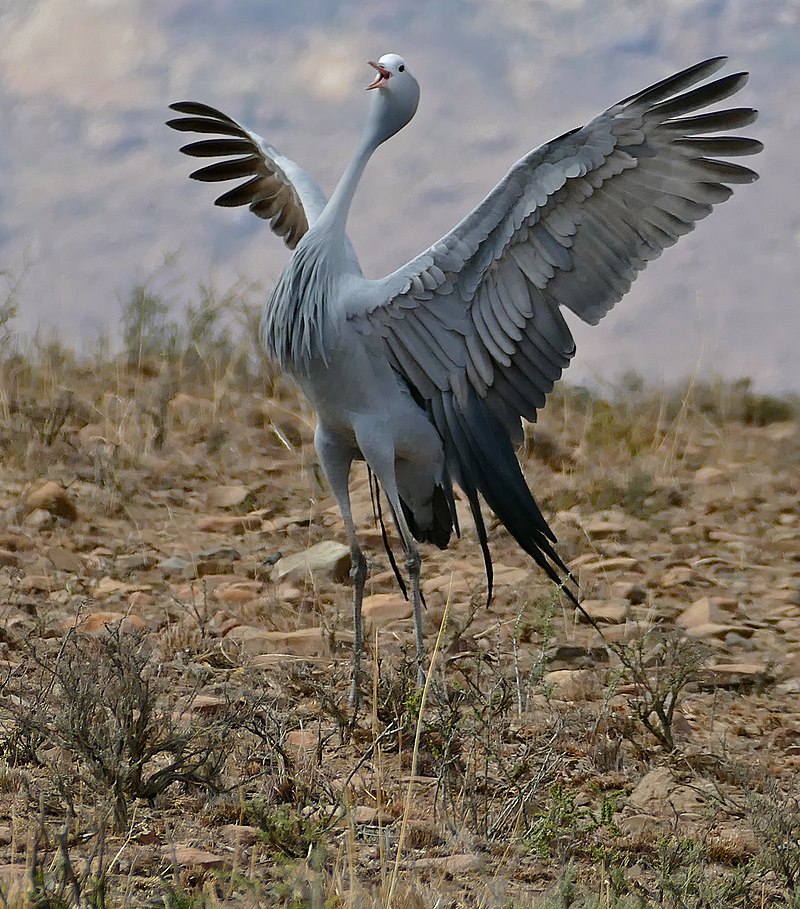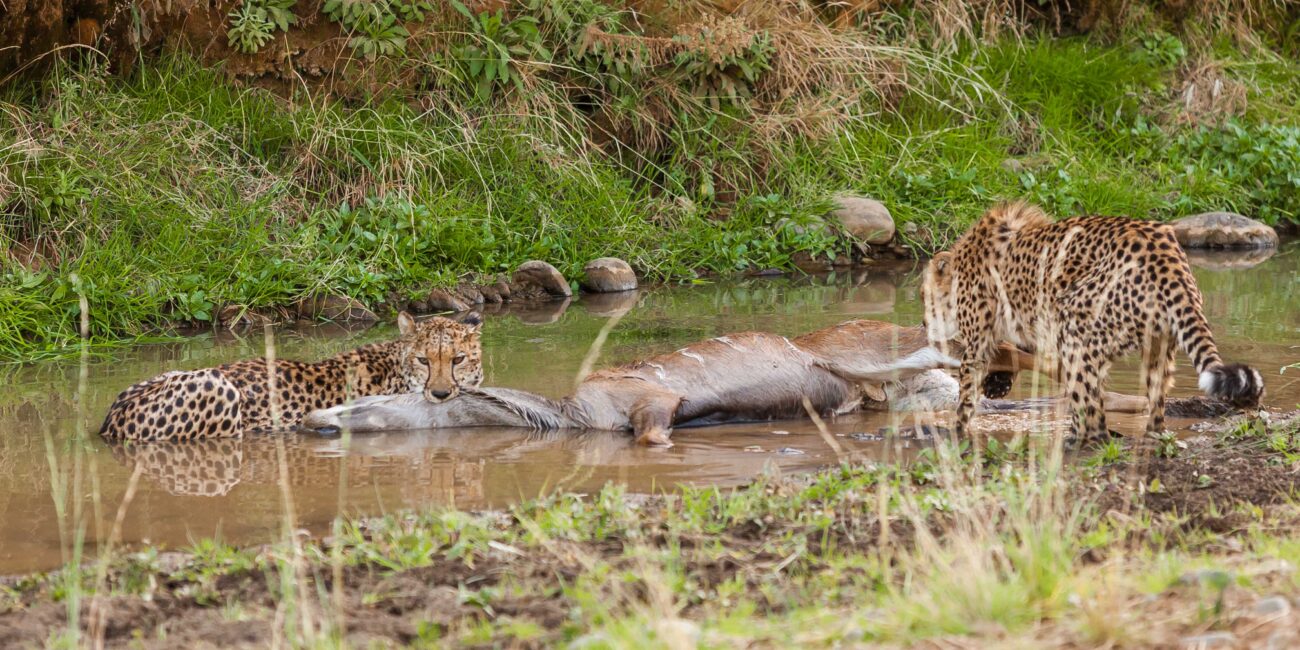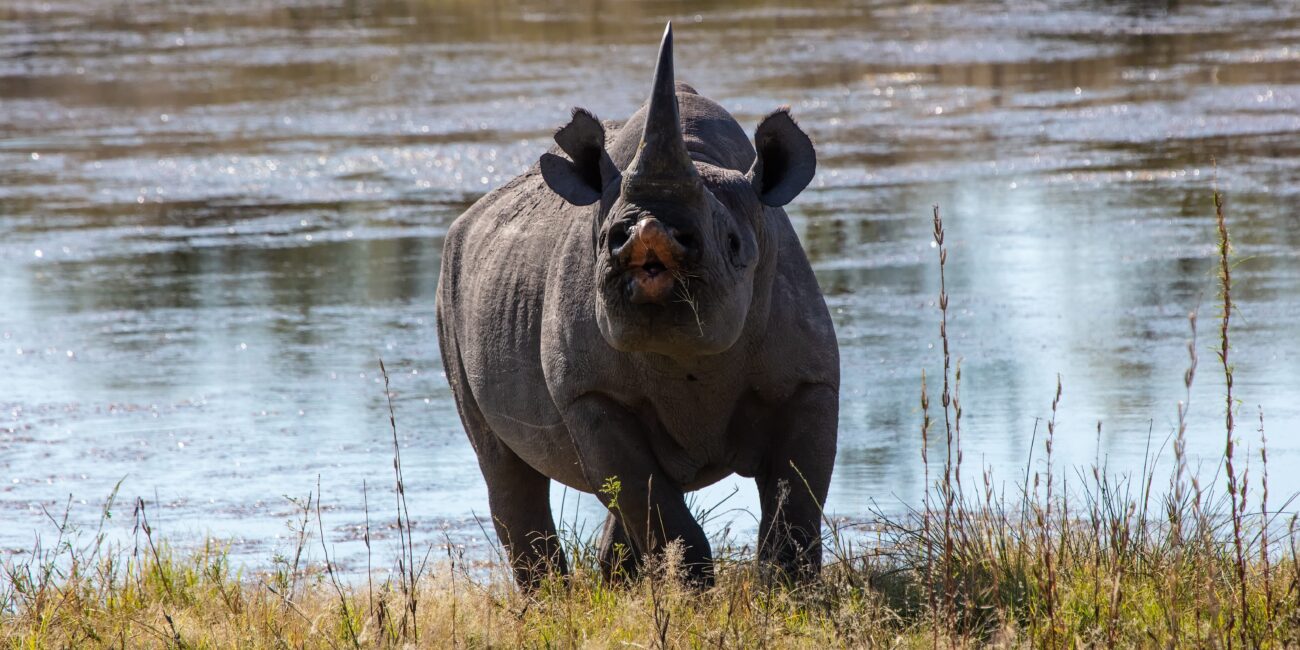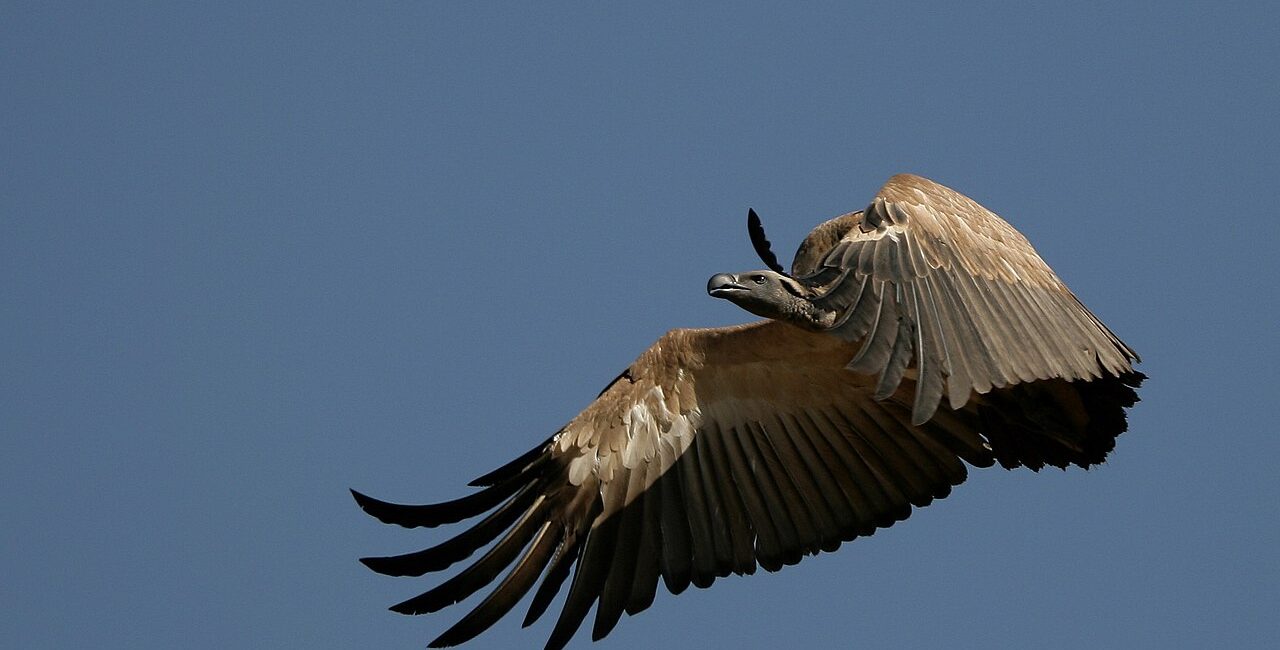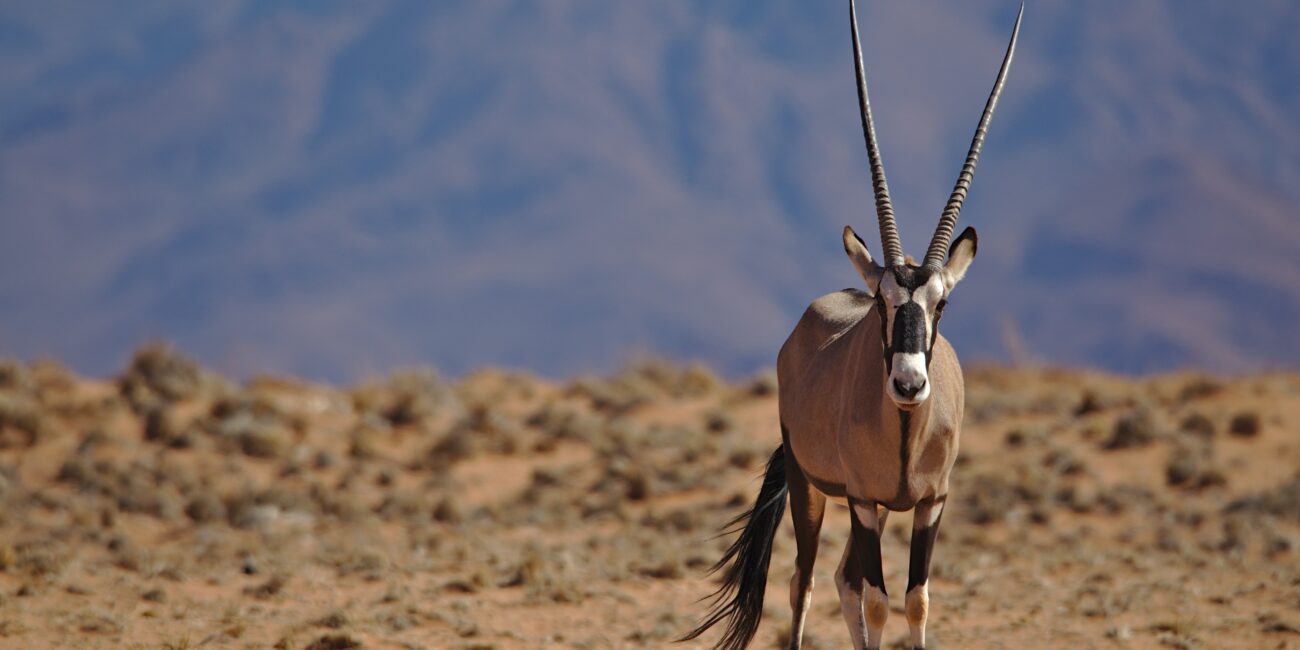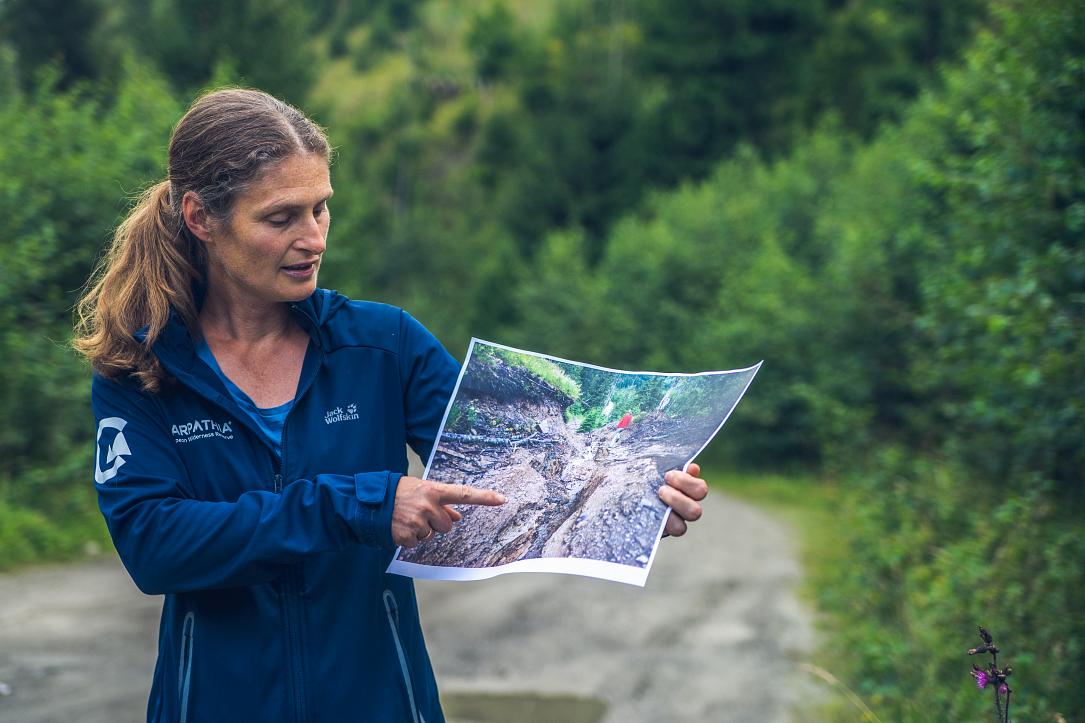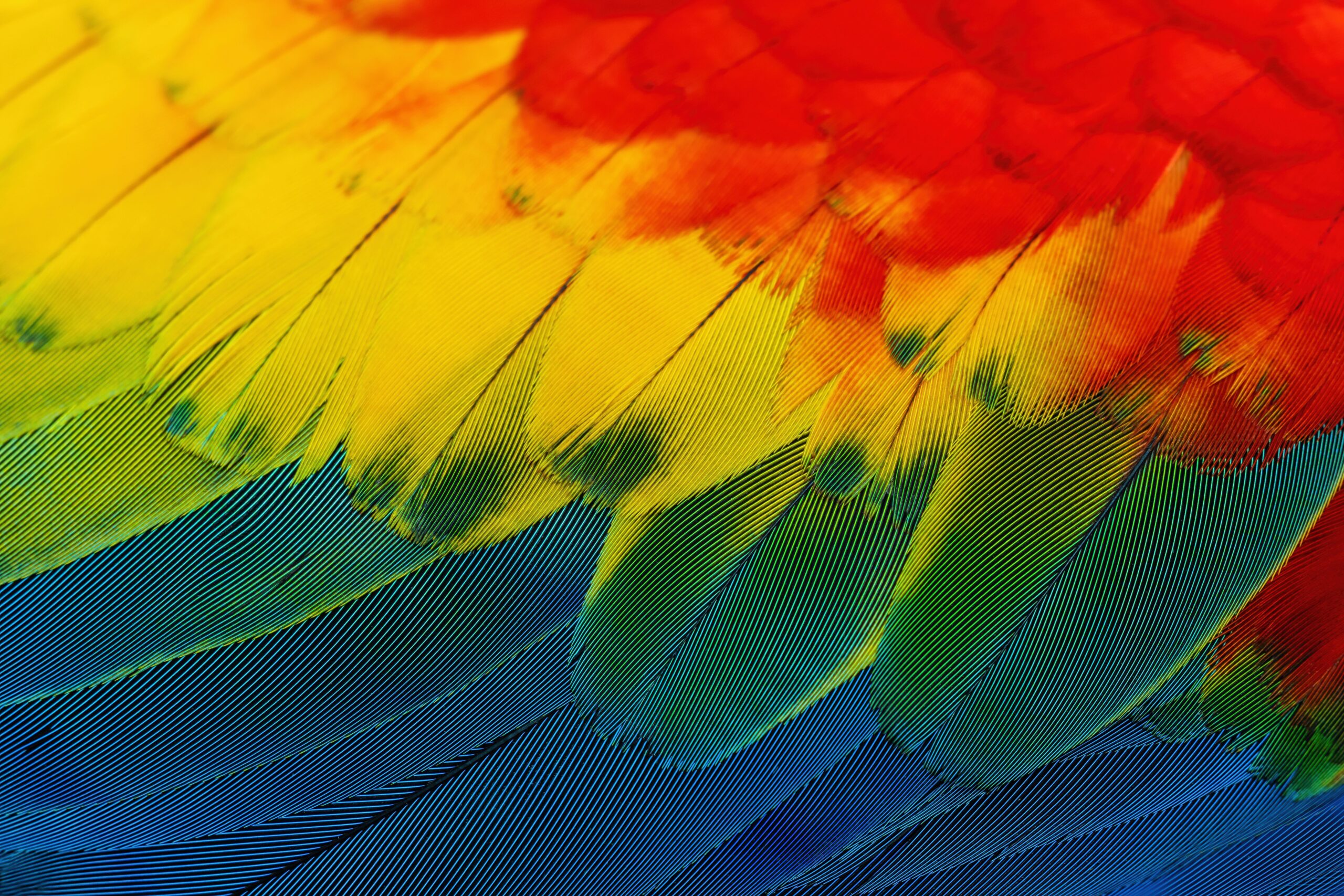Samara’s returning wildlife
The vast and beautiful Samara Karoo Reserve sprawls across 400,000km2 of open plains bordered by dolerite-capped mountains. Located within the north-east of the Karoo, it is a meeting point of an extraordinary variety of topographies and, despite its reputation as an arid landscape with harsh climate, is spectacularly diverse. Known as the Camdeboo, loosely translated from San language as Place of the Green Hills, it has been recognised as the western-most point of one of just 36 Global Biodiversity Hotspots – home to four of South Africa’s nine vegetation biomes (Nama Karoo, Subtropical Thicket, Grassland and Savannah) and a wealth of fascinating wildlife: endangered, vulnerable, and peculiarly desert-adapted. Read on to learn more about some of these spectacular species.
Between 10th – 16th March 2024, we will take a small group to explore the vast biodiversity of Samara Karoo. During ranger-led bush walks and game drives with some of South Africa’s leading wildlife specialists and trackers, look forward to close encounters with the resident flora and fauna. Find out more about the Journey to Samara here and view the full itinerary below.
Black Rhinos
Black rhinos are the smaller of the two African species and, as browsers, have less muscle strength around their necks than their grazing cousins, the white rhino. They favour habitats with a healthy supply of shrubs, woody herbs and plants, such as semi-desert savannah, woodlands, forests and wetlands, and mark their territories with urine spray, head rubbing, and dung piles (the last of which clearly evidences their woody diet). When black rhinos bite into woody plant parts, their hooked lips leave a clean-angled edge to the bitemark, distinguishing their diet from the likes of elephants that shred the ends of branches as they browse.
In 2013, Samara became the first private property in the region to reintroduce the desert-adapted subspecies of the critically endangered black rhino. Able to withstand extreme temperatures from below freezing to over 40 degrees celsius, this hardy species is now thriving in the arid Karoo landscape, where the Samara team and rangers work hard to ensure a healthy habitat and protect them from poaching.
Cape Vultures
With their ominous looks and strange eating habits, Cape Vultures are largely misunderstood and often disliked. In fact, as scavengers they play a crucial role in the health of an ecosystem. By eating carrion, they help to prevent both the spread of disease and euthrophication – a process involving the accumultation of nutrients in the environment which can cause algae blooms and other environmental problems to occur. By eating the carcasses of other animals, they help to break down organic material and sustainably recycle these nutrients into the ecosystem.
Whilst there is evidence that, long before the European settlement, thousands of Cape Vulture migrated westwards to feast on the plentiful plains game in the grassy Karoo during the warmer months, they had been notably absent from the region since this period for quite some time. That was until 2017, when the Samara team came across 10 in the mountain grasslands of the reserve! Now, these endangered birds are more commonly seen at Samara – an indication of the ecosystem’s improving health and Samara’s ongoing conservation success.
Oryx
Oryx (gemsbok) have a wealth of evolutionary traits that leave them well-equipped for the heat and landscape of the semi-arid Karoo. Their nasal circulation system allows them to cool the blood flowing to their brains through capillaries in their nose as they breathe, and their broad hooves enable them to move with ease across the sandy steppes and desert terrain – this, combined with their striking markings and impressive horns, earns them their reputation as semi-arid specialists as well as one of the most beautiful of antelopes species.
Stretching across 280km2 of wide-open plains with a beautiful valley, mountains, and three river systems, Samara is a reserve where plains game like oryx thrive. Their presence on the plains contributes to iconic African horizons, whilst their plentiful numbers attract a breadth of interesting predators including the mighty Cape lion, leopards and those cheetahs bold enough to take on bigger prey.
Blue Cranes
Blue Cranes, South Africa’s national bird, have long been symbols of peace, happiness and longevity thanks to the lifelong devotion of their mating pairs. These birds will communicate by leaping, bowing and calling to one another, with courtship dances often consisting of the two birds running together with the female in front. Whilst many other crane species display red patches of scaly skin on their heads that can be used in threat displays, instead blue cranes’ head feathers stand erect when they are excited or aggressive.
Whilst Blue Cranes are listed as Vulnerable due to their declining numbers thanks to increasing habitat loss, healthy populations can be found at Samara Karoo all year round. They lay their eggs on the ground in the bare veld, often close to water, and love the Paardekraal area where they graze in the grasslands eating seeds, small reptiles and insects. Thanks to their landscape-scale habitat restoration project, Samara’s research and habitat management is helping to provide a healthy home for South Africa’s national bird and, if you’re lucky, you may witness their hauntingly beautiful mating dance when you visit.
